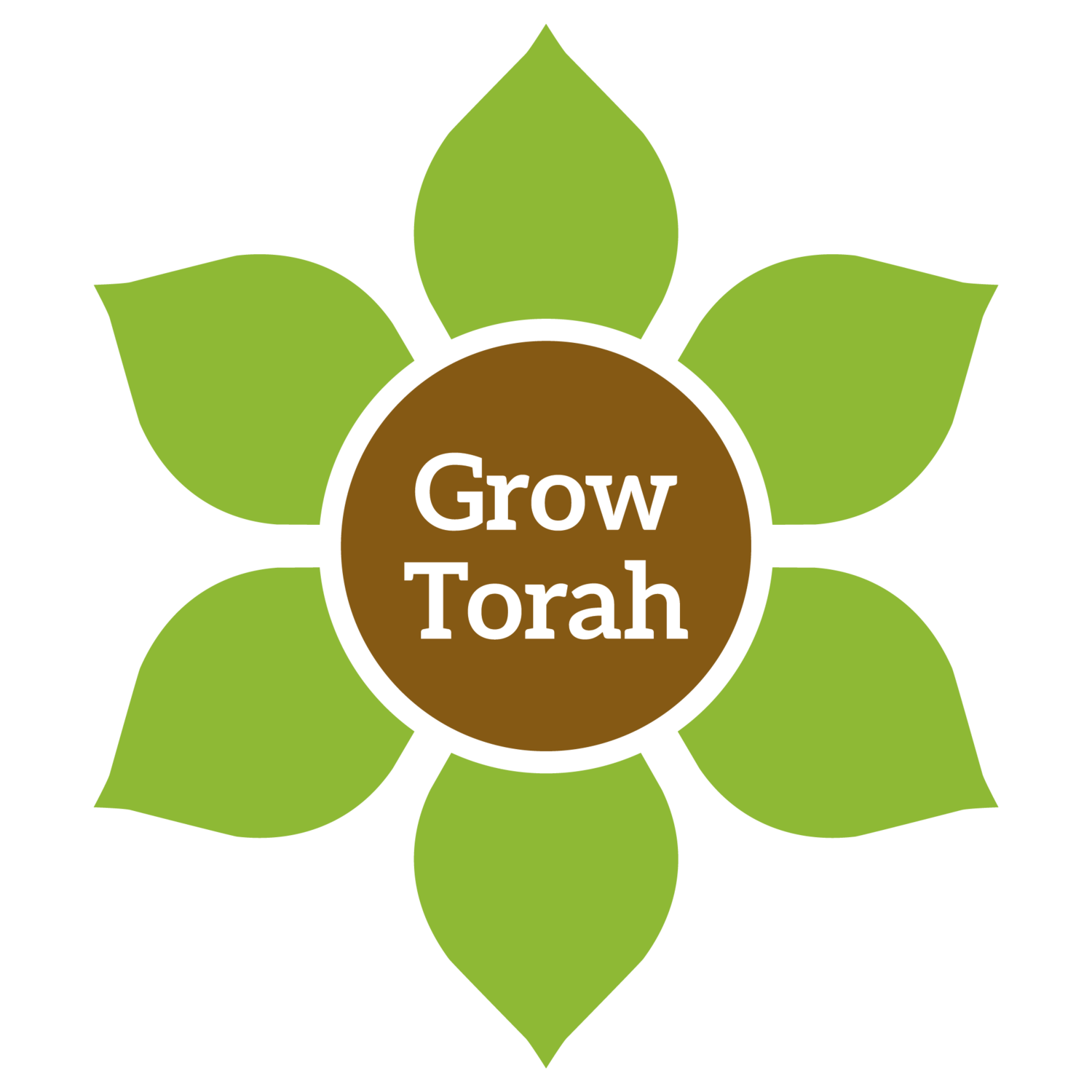Lettuce - חָסָה
Agricultural Information:
Family: Compositae (Asteraceae)
Scientific name: Lactuca sativa
Lettuce is an annual plant from the Asteraceae family and is one of the first vegetables domesticated by humans. It originates from our region and East Asia. The taste of the plant at the beginning of its growth is slightly sweet, but as its growth progresses, especially after flowering (a process called ‘bolting’), the lettuce becomes tough and bitter. There are several main varieties of lettuce, such as Romaine, Iceberg, and Curly lettuce.
Historical Information:
Lettuce is not mentioned as chassah in the Bible or in the Talmud, but there is a clear tradition that the bitter herbs (marror) that to be eaten with the Passover sacrifice are the plant known today as cultivated lettuce.
In the Mishnah, the plant chazeret galim is also mentioned, which is not kilayim with chazeret, and it is possible that this refers to Compass Lettuce (Lactuca serriola), a common wild plant in the Land of Israel from which cultivated lettuce was domesticated.
Today, the vegetable known today as chazeret refers to garden horseradish (chrayn), a spicy root vegetable, which is often used by Ashkenazis as marror at the Passover Seder. However, the name chazeret became associated with horseradish in relatively recent times in Europe; there is no evidence that it is connected to the chazeret mentioned in the Mishnah.
Halachic Information:
Marror for Passover: Cultivated lettuce is identified as the marror we are commanded to eat on Passover. According to all opinions, when a person eats lettuce, they fulfill the obligation of eating marror.
Kilei zera’im & kilei hakerem (interplanting mixed species – annuals & grapevines): Lettuce is classified as a vegetable, and it should not be planted near another vegetables or near grapevines.
Infestation: Lettuce leaves are generally heavily infested and must be thoroughly checked and cleaned before use.
About forty years ago, lettuce was the first crop to be grown using a special method to keep it insect-free (Chasalat or Gush Katif lettuce). This method begins with preparing the greenhouse for sowing, growing the seedlings in a clean, insect-free environment, and professional oversight throughout the growing process. Growing in a home or greenhouse without accurate professional guidance does not guarantee insect-free crops. Proper supervision also reduces the need for pesticides, ensuring clean, insect-free vegetables without pesticide traces.
Information about plants as they relate to torah and mitzvot has been generously provided by Mercaz Torah VeHa’aretz Institute.


